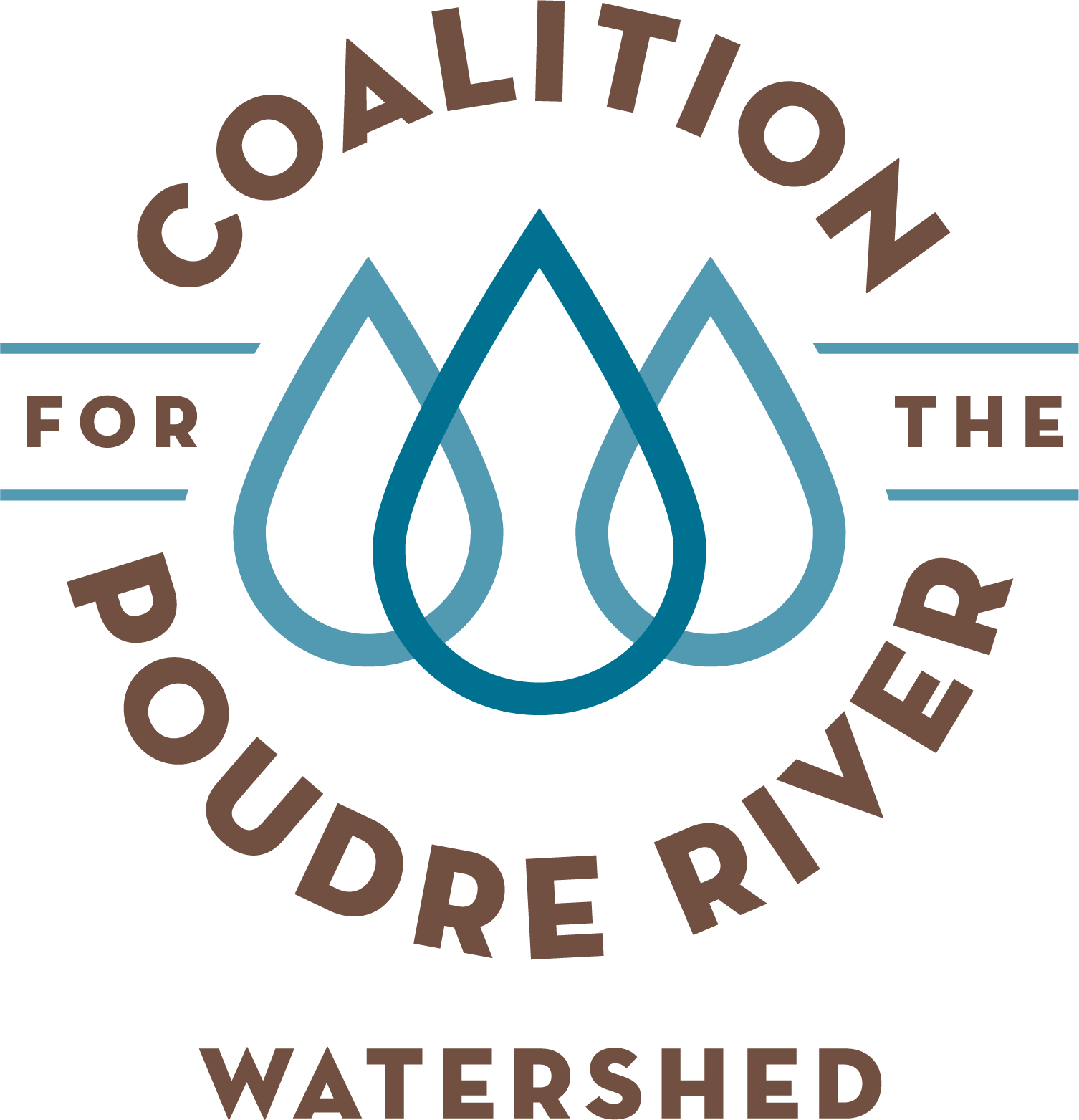Project Update: Field Work Completed Across the Poudre Watershed to Assess River Health
The physical, chemical, and biological conditions of the North Fork of the Poudre River were assessed as part of the 2025 RHAF field work completed this summer (Photo credit: Cory Dick).
Over the summer, CPRW staff and consultant teams from Ayres, SWCA, and Otak spent 16 days completing field assessments in the Upper and Lower Poudre Watersheds using the River Health Assessment Framework (RHAF), a tool developed by CPRW and the City of Fort Collins to assess the physical, chemical, and biological conditions of the Poudre River. This work included floating the entire lower Poudre River from I-25 to the confluence with the South Platte River in Greeley. Along side our efforts in the upper and lower portions of the watershed, the City of Fort Collins team completed field assessments in the middle watershed through Fort Collins.
The RHAF evaluates the river ecosystem through a system of eight indicators and 21 metrics. River health indicators are specific parameters that provide measurable quantitative and/or qualitative information about the various processes that contribute to river health. Together, the indicators provide a holistic view of river health, and indicator-specific metrics can be used for a detailed assessment of any specific aspect of river health.
CPRW selected the indicators and metrics for the RHAF based on information from scientific literature, steering committee and subject matter expertise, and relevance to the Poudre River Watershed and regional management goals.
Our Goal: To complete a watershed-wide assessment over a one-year period to capture baseline river health conditions for 2025. Results formulated from these assessments will help inform river restoration projects, water quality protection, and watershed-based planning efforts.
Results from RHAF assessments help us identify river restoration opportunities, water quality protection needs, and inform watershed master planning efforts. These actions will improve the health of the Poudre River and its ability to provide services to the over 500,000 people that rely on this watershed for their daily water needs.




